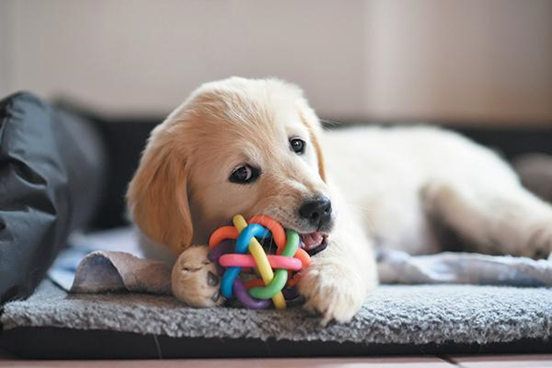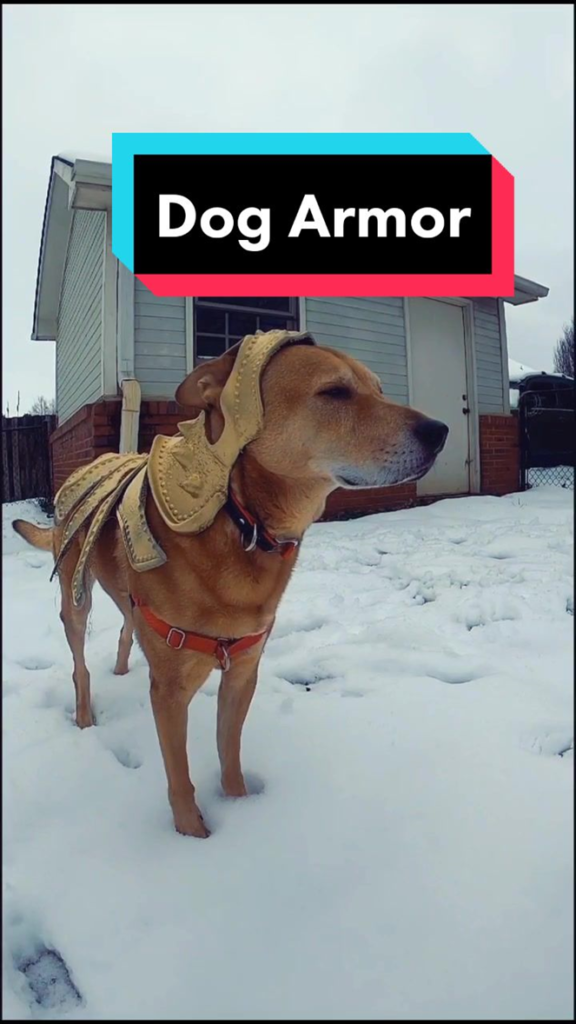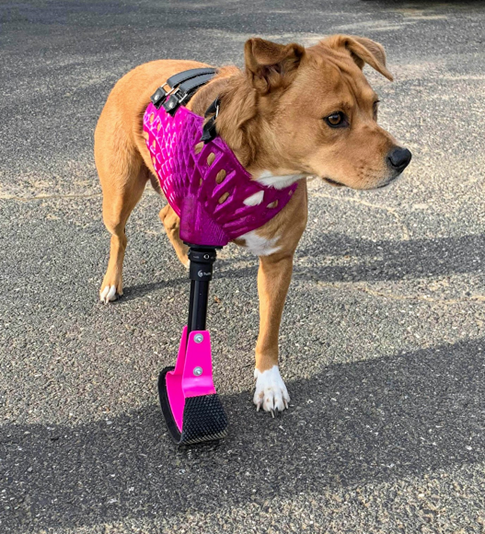
Charles Goulding, Jr. considers safety when it comes to 3D printing for our pets.
Safety First
Pet goods have yet to embrace 3D printing nearly to the extent possible. The reason? Ambiguity over what materials are food-safe/food-grade.
According to Josef Prusa, “While there are many [3D printing] materials that are classified as food-grade, there are only a handful of manufacturers who have completed the rigorous and costly certification process.”
For pet products, this lack of confidence in food-grade quality doesn’t just apply to products that contact food or water, like a dog bowl. Instead, it applies to a much wider range of products since, as any animal owner knows, a whole lot of chewing can take place no matter a good’s intended purpose.
A Closer Look at Safety
The most common 3D printing methods aren’t food safe, but for different reasons.
In FFF, the extruded material is circular in cross-section. This creates narrow crevices between layers, within which bacteria can build up over time.
By contrast, the resins used in SLA are not food safe and allow for the transfer (migration) of particles from the product to the food or to a pet/animal.
Something to Chew On
All hope isn’t lost, however. There are a growing number of food-safe filaments on the market. These include PLA, PP, co-polyester, PET, PET-G, HIPS, and nylon-6, as well as some brands of ABS, ASA, and PEI. As more and more such filaments enter the marketplace, more manufacturers may be willing to undergo the certification process.
Another avenue to achieve food safety is to use a food-safe coating or sealant.
According to Formlabs, “The best option to reduce the risk of particle migration and bacteria buildup is by dip coating the 3D printed parts with a food-grade epoxy or polyurethane resin, such as Masterbond’s EP42HT-2FG or ArtResin or an FDA approved PTFE (known as Teflon) to seal their surface.”
Formlabs notes, however, that coatings may wear off over time, particularly if used in dishwashers.
Some Sample Innovations
With these safety provisos in mind, it’s worry noting some fun examples of 3D printed pet and animal products. Two especially popular categories, wearables and prosthetics, are highlighted below.
An example wearable is this piece of “dog armor” by TikTok user @printthatthing, winner of the 2021 #3Dpetprint design challenge.

An example of a prosthetic is this nifty item by DiveDesign.

The 3D printing appeal for wearables and prosthetics is clear enough — the need for precise customization to a given animal’s size and shape. Likewise, birdcages and bird feeders suit 3D printing’s incredible capacity for creative, complex geometries.
A Growing Market
The demand for innovative, custom pet products is prevalent and rising. Estimates of pet ownership range from just over half the U.S. population to two-thirds. Further, ownership is on the rise; since 1988, the number of households owning pets has risen by 20%.
With millennials accounting for much of that increase, the pet market will continue to soar in the years ahead. With a population so eager to accessorize, the 3D printing world has plenty of motivation to overcome food safety hurdles and to produce innovative goods for the pet industry.
